World 🢖 North America 🢖 United States 🢖 Illinois
Churches 🢔 Religious architecture 🢔 Architectural wonders 🢔 Categories of wonders
Wonder
St John Cantius Church

 In short
In short
The history of Chicago is also a history of the great immigration of diverse European nations to America. One of these nations – the Polish – created the greatest churches in this giant city. St John Cantius Church belongs to the most prominent among them.
 40.8%
40.8%
GPS coordinates
Location, address
Year of construction
Architectural style
Architect
Branch of Christianity
Height
Map of the site
If you see this after your page is loaded completely, leafletJS files are missing.
 In detail
In detail
Polish cathedrals
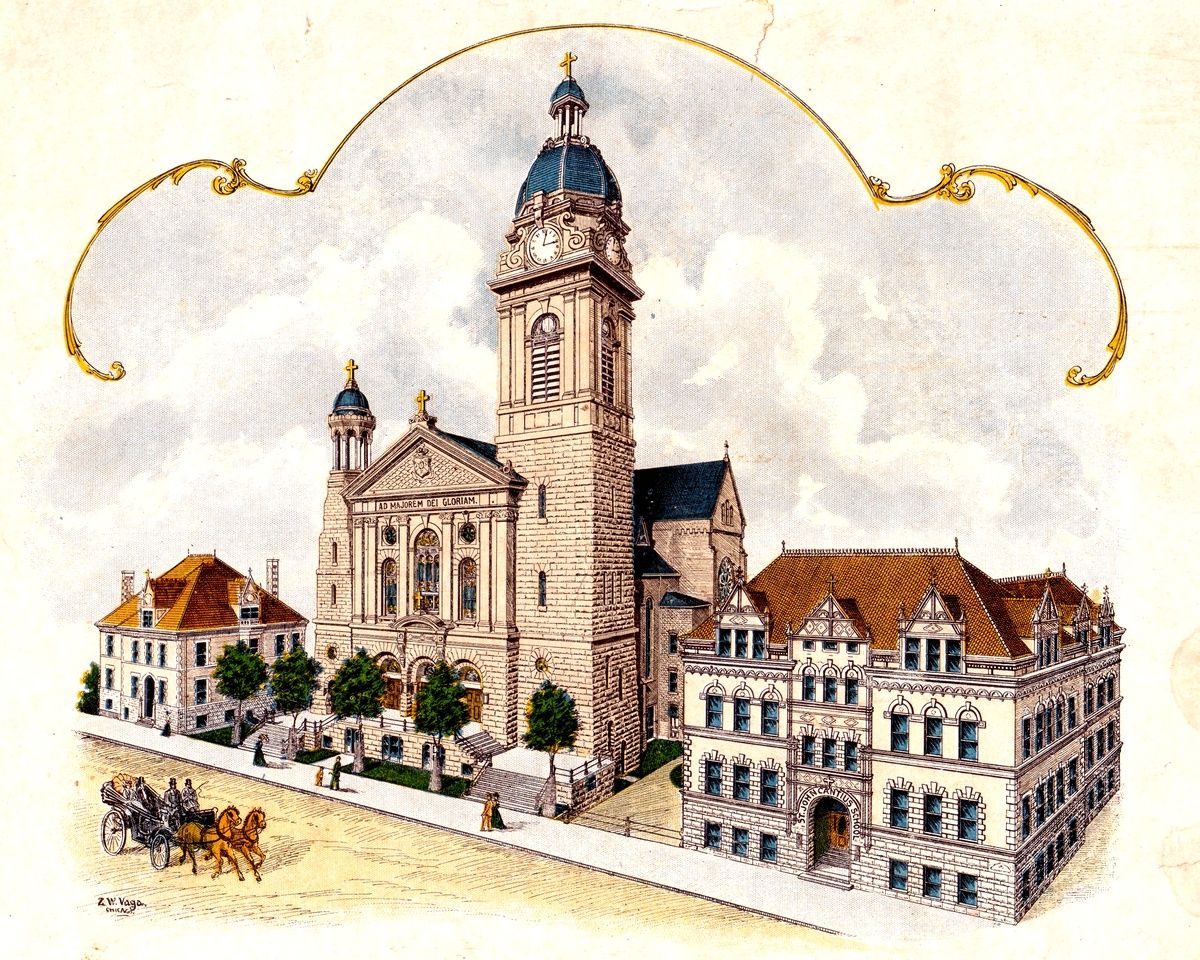
Many large and opulent churches in the American Midwest belong to a specific type of architecture – so-called “Polish cathedrals” or “Polish churches”. These are large, luxuriant churches from the late 19th – early 20th century. They imitate diverse historical styles, often – Baroque style.
These churches were built in areas where many Polish immigrants arrived. Around 1870, when Poles started to arrive in America in huge numbers, Poland was divided between Russia, Germany, and Austria. Poles escaped from the persecutions and poverty. Thus over a few decades, several million arrived in the United States. Their work in the United States was hard and the attitudes of locals often discriminatory – but Poles were used to hardships. Their cultural background was somewhat different from other Catholic Americans (e.g. Italians, Spanish, Irish) and in quickly growing industrial cities of Midwest developed Polish districts.
Districts of Polish immigrants had a huge lot of social problems: widespread depression and other psychological problems, alcoholism, prostitution, crime. Religion introduced a different, more positive perspective in life and thousands of Polish people gathered in local churches. Often the local churches were too small for all of them.
As the Polish communities grew more prosperous, there appeared a possibility to build larger churches. The design of these churches invited us to look back in the past, in the happier times of Polish history. Such was the 17th-18th century when the Polish state flourished. In these times the Baroque ruled in Europe and many glorious churches in this architectural style were built in Poland.
Thus in the cities of the Midwest – Milwaukee, Detroit, Buffalo… and, above all, Chicago appeared enormous and opulent churches which to some extent seemed to bring the 18th-century European style to modern American cities.
History of St John Cantius Church
Overcrowding
Polish community constructed the beautiful, large St. Stanislaus Kostka Church in 1881. It was the first Polish church in Chicago. But, as the number of Polish immigrants increased fast, thousands of people attempted to visit the services in the church. They petitioned the pastor of St. Stanislaus Kostka in 1892 for a new church.
Clergy organized the construction of several new churches in the north-western part of Chicago – “Polish Patch”. One of the most prominent ones was St John Cantius Church, designed by Adolphus Druiding.
Adolphus Druiding
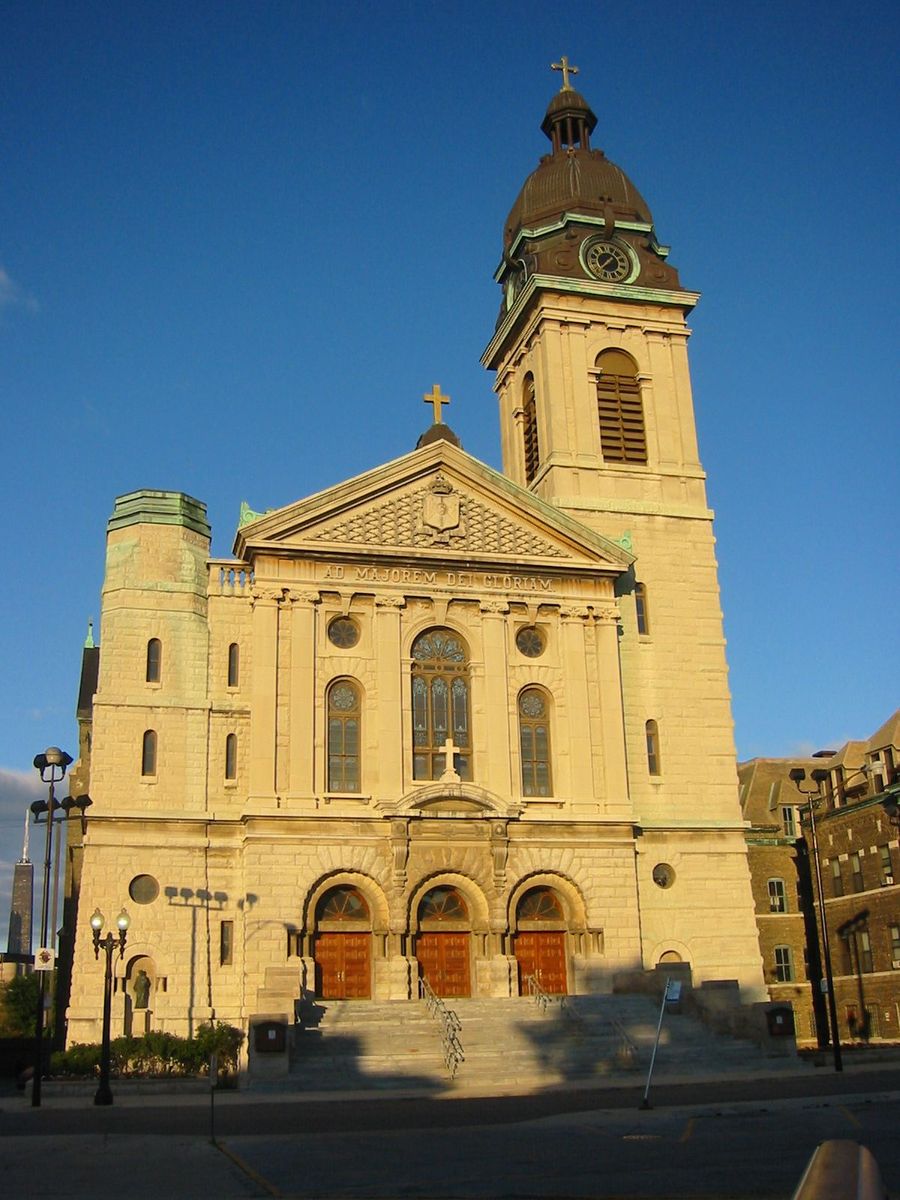
The second half of the 19th century was the time when Historicism or Eclecticism was in vogue: architects took a bit from Baroque and a bit from Byzantine style, mixed in some… you name the style and always added something from themselves. The modern (for these times) construction technologies allowed fairly quick and affordable construction of all these fantasies. All of this, of course, required a good knowledge of all these styles, a good taste, and, of course, proficiency in structural design. Adolphus Druiding definitely had these skills.
This German-born architect (1838 – 1900, arrived in the USA in 1865) had a true American caliber in his business. The huge amount (more than 400!) of imposing, diverse, and locally beloved structures designed by Adolphus Druiding seem to be even puzzling today. His early works are seen in Germany and the Netherlands, but especially many churches and other structures are scattered throughout the eastern part of the United States. Druiding did not fear from work, he was affordable and flexible even for clients with modest means. It seems, he took just everything that was proposed – smaller buildings and enormous, ambitious projects, always adjusting the design to the tastes of his clients.
The new church
Works were started in the spring of 1893 and by Christmas, the structure was largely built. Further works were delayed by the economic crisis but nevertheless, on December 11, 1898, the works were completed. Its architecture was somewhat unusual and the “Chicago Tribune” wrote that “in design, it is also quite a radical departure from the general style of Catholic churches in that its front elevation and towers follow to some extent drawings used in planning public buildings” (1.).
The new church got the name of an outstanding personality – Jan Kanty or John Cantius. He was a Medieval Polish theologist, scientist, philosopher but also: a generous and humble man.
The new church became an important center for the Polish community. In 1918 in the parish were 23,000 people. In the church school were 2,500 children (2.).
Soon after the city built major streets around the church, dividing the district. Then came the Great Depression. The number of church practitioners fell. In 1943 there were some 5,000 parishioners but in the church school were only 376 children. The district gradually turned into a ghetto. Church, nevertheless, persisted, although the people around it gradually changed.
Currently, St John Cantius Church is located in a lively, well-off neighborhood. Parish meticulously renovated it in the 1980ies – 1990ies. Polish people do not dominate the local demography… but others love the church just as the Polish did.
The church is famous due to its rich musical traditions, especially choir music.
This is not a Baroque church
It seems the majority of sources mention that the church is designed in the Baroque style. This is not exact.
The “true” Baroque ended in the late 18th century and was replaced (in most regions) with Neo-Classicism. In the southern United States (and sometimes also in the northern states) are found genuine Baroque churches, such as the Cathedral of San Carlos Borromeo in California.
But the architecture of the interior in St John Cantius Church is something else: it is a prominent example of Neo-Baroque or Baroque Revival.
Neo-Baroque is a fundamentally different style. Visually it imitates the Baroque style due to different reasons, e.g. as a reminiscence of the times of the “former glory”. But structurally and technologically these buildings are different and belong to more modern architecture. People build Neo-Baroque style buildings up to this day: one example is the pompous Vasiliev Country House south of St. Petersburg in Russia (2006).
References
- Denis Robert McNamara. Heavenly City: The Architectural Tradition of Catholic Chicago. 2005. ISBN-10: 1568545037.
- St. John Cantius Parish. Accessed on February 26, 2020.
 Linked articles
Linked articles
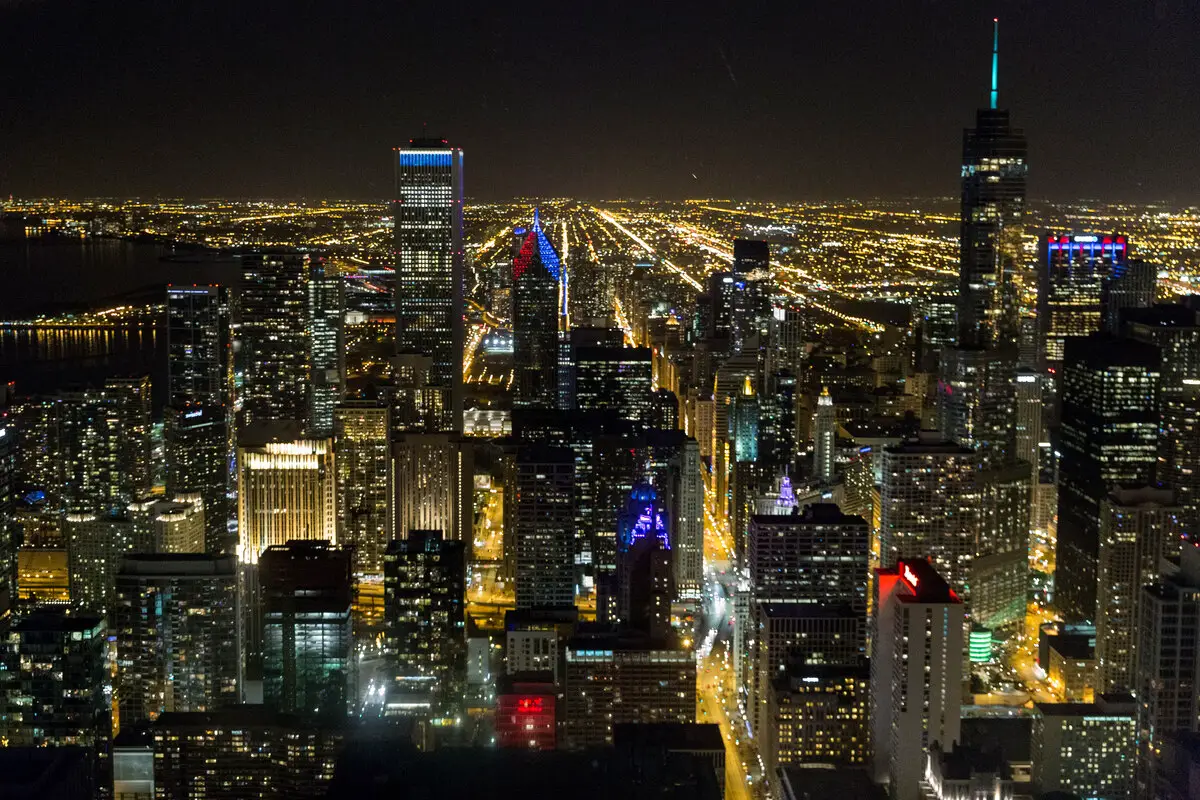
Wonders of Illinois
Even if there are some fine natural and archaeological landmarks in Illinois, the architectural heritage dominates here by a wide margin. This is the state where much of the contemporary modernity in design and construction technologies was invented.
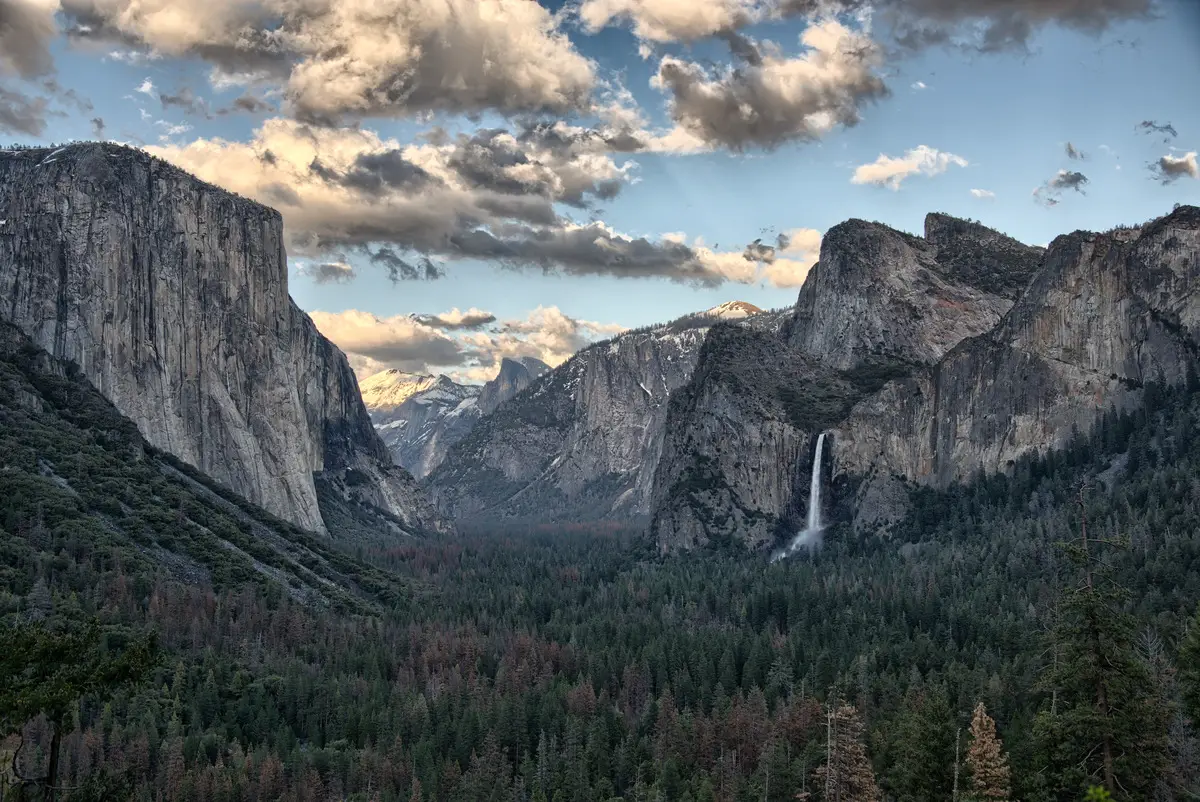
Wonders of the United States
The United States of America is one of the largest countries in the world and offers a wide array of diverse attractions: many are unsurpassed in the world. Highlights of the United States are cliffs, canyons, and rock formations, several impressive downtowns of cities with numerous skyscrapers as well as a rich array of geothermal features, and the giant forest of California.
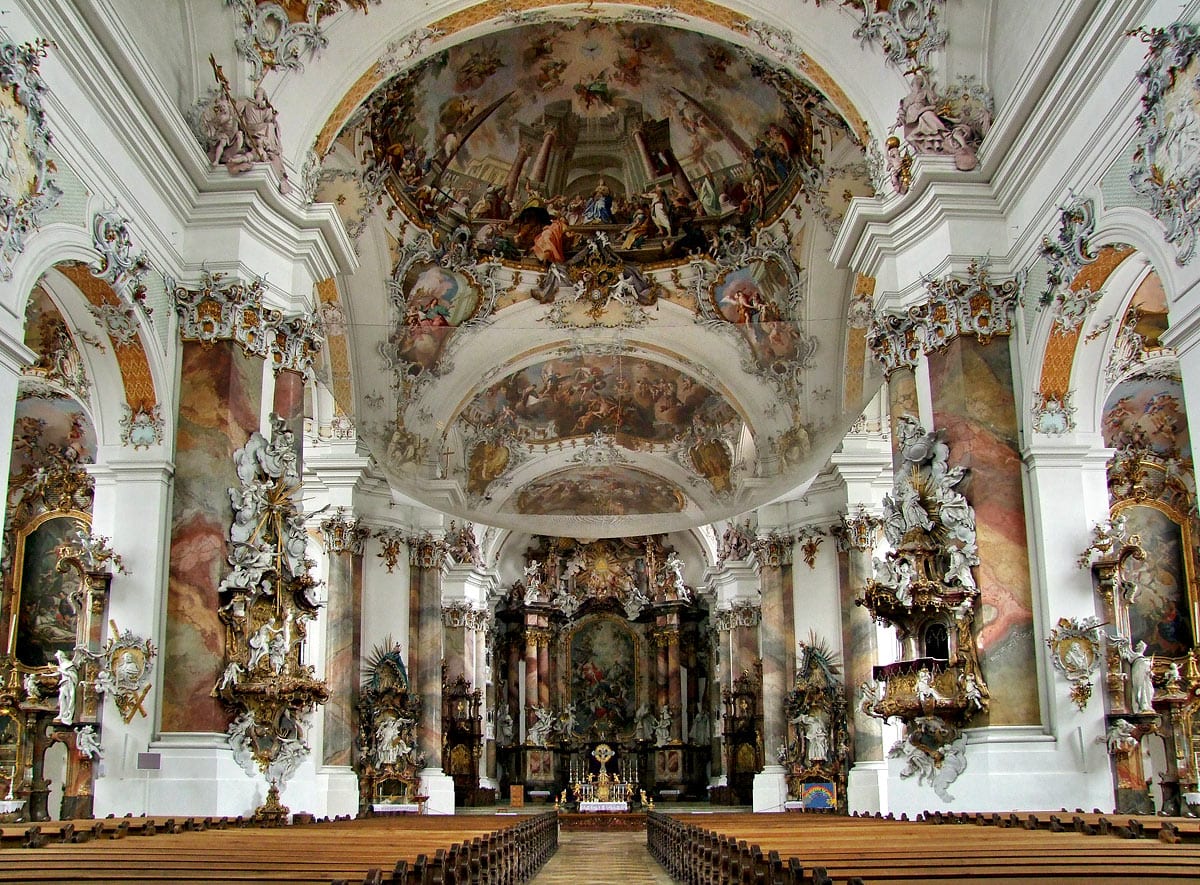
Churches
Throughout the millennia Christian churches have been the epitome of architecture and arts achievements in Western culture.
 Recommended books
Recommended books
Chicago Churches and Synagogues: An Architectural Pilgrimage
This book singles out 125 architecturally significant churches and synagogues from Old St. Patrick’s began in 1852, to the ultramodern St. Joseph’s Ukrainian Church on North Cumberland Avenue, completed in 1977.
Heavenly City: The Architectural Tradition of Catholic Chicago
This visually stunning and carefully researched book encompasses many of the most significant churches of the Archdiocese of Chicago, addressing both their architectural and theological significance.


